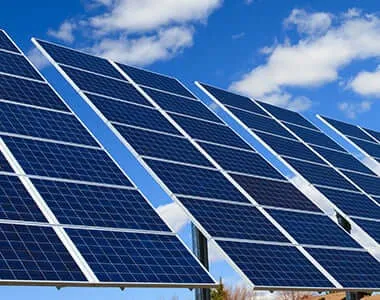Exploring the Benefits and Applications of Bifacial Photovoltaic Solar Panels for Sustainable Energy Solutions
Double-Sided PV Panels Revolutionizing Solar Energy Harvesting
In the quest for sustainable energy solutions, solar power has emerged as one of the most promising alternatives. Among the numerous advancements in solar technology, double-sided photovoltaic (PV) panels are gaining traction for their efficiency and versatility. These innovative panels, also known as bifacial solar panels, offer significant advantages over traditional single-sided panels, both in terms of energy output and environmental impact.
Double-Sided PV Panels Revolutionizing Solar Energy Harvesting
One of the most notable advantages of double-sided PV panels is their ability to maximize energy generation throughout the day. Traditional panels primarily capture direct sunlight; however, bifacial panels capitalize on both direct and diffuse sunlight, which can be especially beneficial during cloudy or overcast days. By utilizing sunlight reflected off nearby surfaces, double-sided PV panels ensure a more consistent energy output, thereby enhancing the overall efficiency of solar installations.
double sided pv panels

Moreover, double-sided PV panels contribute significantly to space optimization. In many solar farms, land availability can be a limiting factor. Bifacial panels allow for a more effective use of space since they can be installed at varying angles to capture sunlight from multiple directions. This flexibility enables solar developers to maximize energy output on limited acreage and can lead to increased returns on investment. In urban settings, bifacial panels can also effectively be integrated into building designs, such as on rooftops or facades, promoting the concept of building-integrated photovoltaics (BIPV).
The environmental impact of double-sided PV panels is another aspect that underscores their relevance in the transition to renewable energy. By increasing energy generation per unit area, bifacial panels can help reduce the total number of solar panels needed to produce a given amount of power. This reduction can lead to a lower overall carbon footprint associated with the manufacturing, transportation, and installation of solar technology. Additionally, their longer lifespan—often bundled with performance warranties—further enhances their appeal, as they are designed to withstand harsher conditions and require less frequent replacement.
Despite their advantages, it is essential to acknowledge the challenges associated with double-sided PV panel technology. Their initial cost can be higher than traditional panels, which may deter some consumers or businesses. Furthermore, installation requires careful planning to optimize performance, especially in terms of tilt angles and spacing to avoid shading of the rear side. However, as technology continues to evolve and economies of scale come into play, the cost disparity between bifacial and monofacial panels is expected to narrow.
In conclusion, double-sided PV panels represent a significant advancement in solar energy technology, combining increased efficiency, optimal land use, and a reduced environmental footprint. As the world continues to shift toward renewable energy sources, the adoption of bifacial technology is likely to play a pivotal role in maximizing solar energy harvesting. With ongoing research and development, double-sided PV panels are set to become a cornerstone of modern energy solutions, helping to pave the way for a more sustainable future.
-
Navigating Off Grid Solar Inverter: From Use Cases to Trusted PartnersNewsAug.05,2025
-
Solar Edge String Inverter: A Wholesaler’s Guide to Inverter Technology SelectionNewsAug.05,2025
-
Microinverters: Revolutionizing Solar Energy UseNewsAug.05,2025
-
Future of Monocrystalline Solar Panel Efficiency: Latest Technological AdvancesNewsAug.05,2025
-
Solar Panels for House: A Complete Guide to Residential Solar EnergyNewsAug.05,2025
-
Panel Bifacial Performance in Snow and Low-Light ConditionsNewsAug.05,2025







